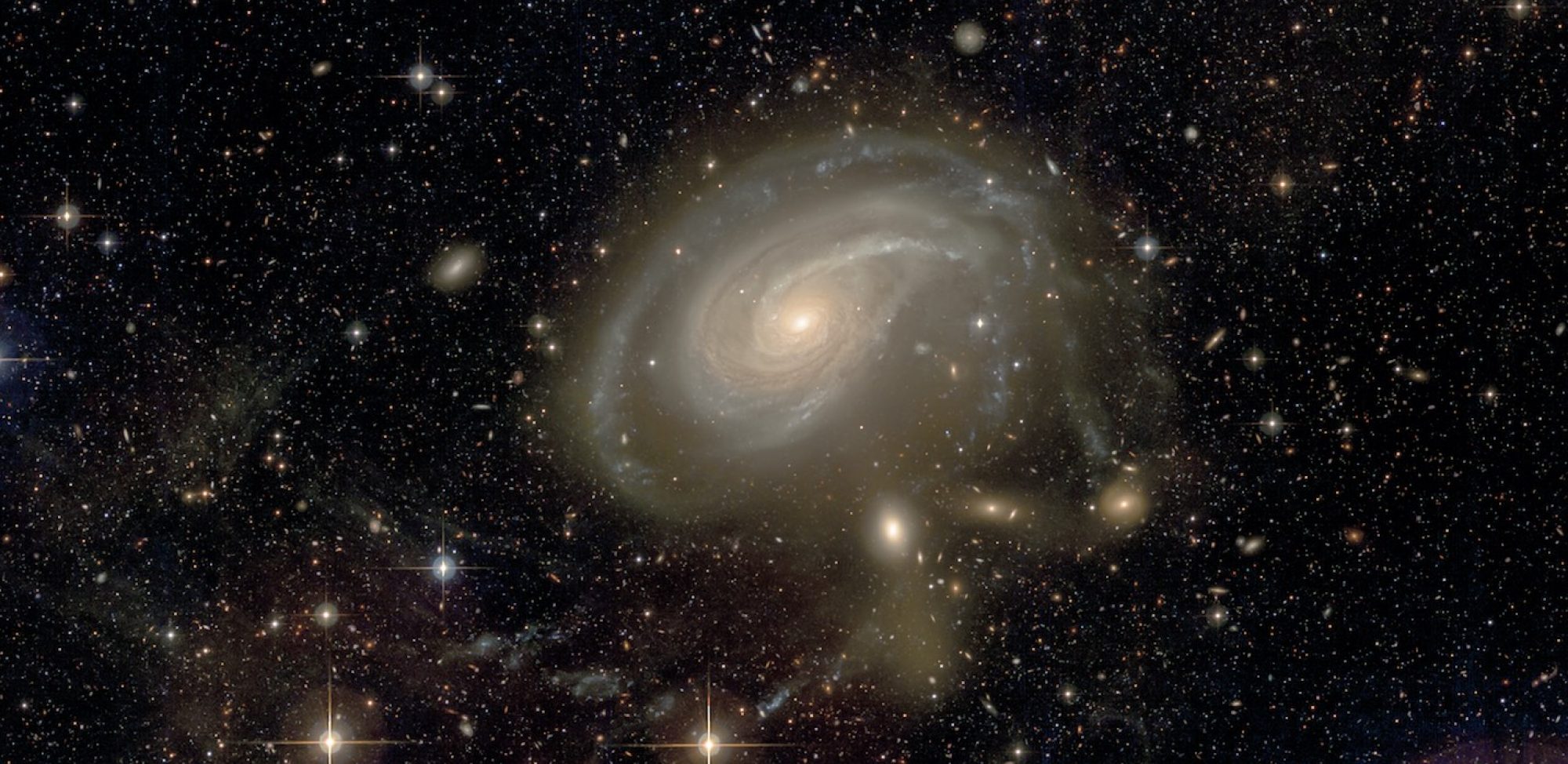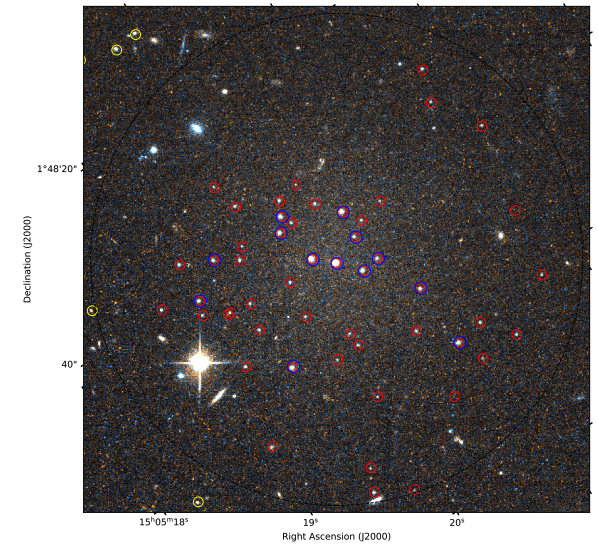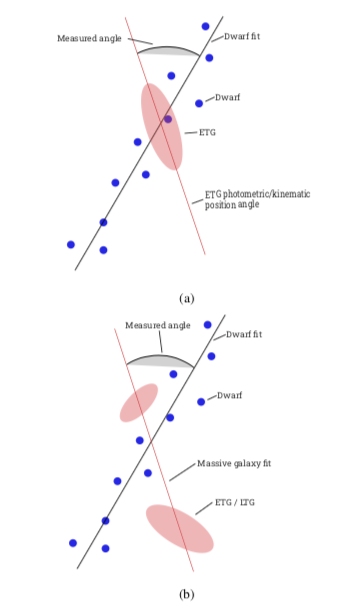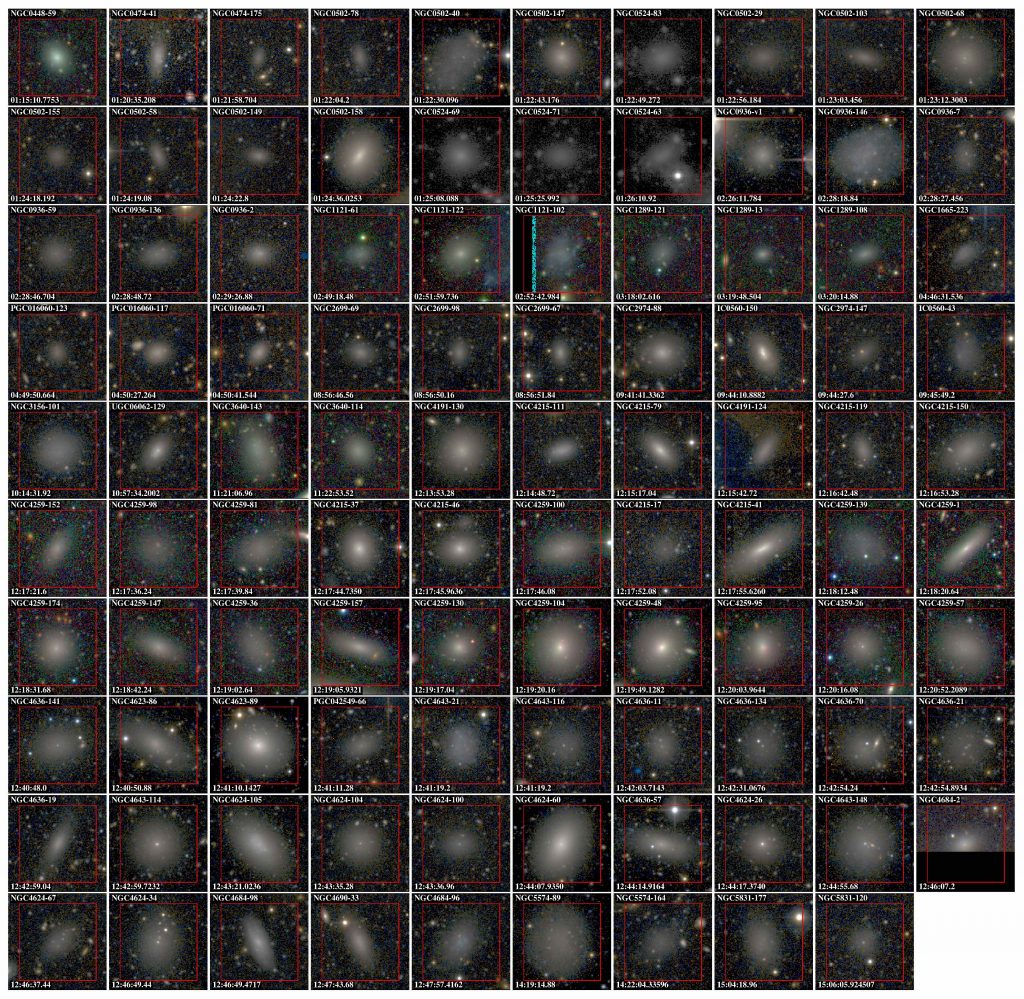
Context: Early-type galaxies (ETGs) are divided into slow and fast rotators (FRs and SRs) according to the degree of ordered rotation of their stellar populations. Cosmological hydrodynamical simulations indicate that galaxies form as FRs before their rotational support decreases, usually because of mergers.
Aims: We aimed to investigate this process observationally for galaxies outside of clusters..
Methods: We made use of the fact that different merger types leave different traces that have different lifetimes. We statistically analyzed multiple characteristics of galaxies that are expected to be influenced by mergers, such as tidal features, kinematically distinct cores, and stellar ages. They were taken from the MATLAS and ATLAS3D databases. Through multilinear regression we identified the quantities that, at a fixed mass and environmental density of the galaxy, significantly correlate with a measure of the ordered rotation of the galaxy, λReN.








